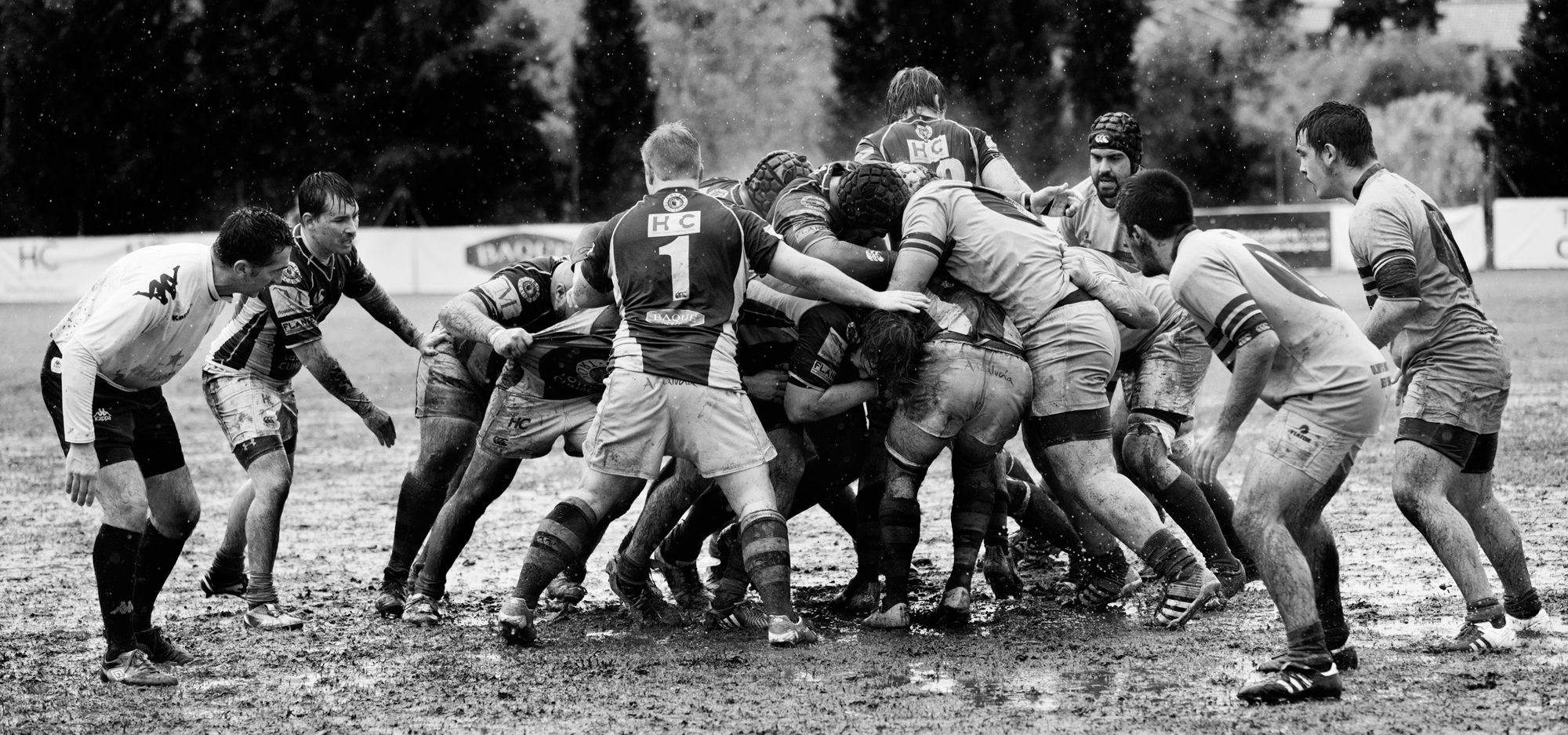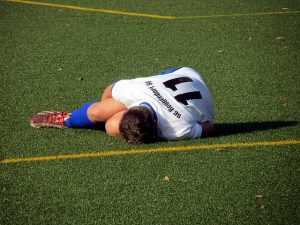
27 Jun What is a Sports Injury?
We get lots of enquiries in the clinic for sports injuries. We also get lots of people searching online for treatment for their sporting injury. But when we recently made a new website we didn’t add a page about sports injuries. Why on earth not?!
Well, the only definition of a sports injury that we can all agree on is “an injury that happened whilst playing sport.” No mention of which sport, nor of the patient’s age. The reason for this is that the injury is no different from a “non-sporting” injury. Ankles are ankles, knees are knees, shoulders are shoulders.
So, what is different?
 What IS different is the person who has the injury. That person is now having to modify their sporting activity, or perhaps they’re being forced to miss out completely. It might be Wayne Rooney’s broken toe, a good amateur triathlete’s knee ligament sprain, or Uncle Bob’s low back pain that is stopping him from playing golf on Saturday morning with his buddies.
What IS different is the person who has the injury. That person is now having to modify their sporting activity, or perhaps they’re being forced to miss out completely. It might be Wayne Rooney’s broken toe, a good amateur triathlete’s knee ligament sprain, or Uncle Bob’s low back pain that is stopping him from playing golf on Saturday morning with his buddies.
The common factor with these people is that they are all unable to take part in their sport. So, the job at hand for the therapist is not just to help that patient get rid of their pain and back to daily living, but also to facilitate a safe return to sport. That return will naturally take more work compared to someone without such demands, both from the patient and the practitioner. There will be more rehabilitation; first of all getting pain-free movement, then recovering strength and stamina, and then reintroducing them to sport.
How do I get back to sport?
It might be that a pulled muscle needs some TLC and a few days of taking it easy. It might be that a painful tendon needs time to calm before the patient is then guided through a (sometimes lengthy) process of re-loading the tendon back to full strength.
 In more extreme scenarios, an injury might have required surgery and the patient will subsequently need extensive rehab to get back to sport.
In more extreme scenarios, an injury might have required surgery and the patient will subsequently need extensive rehab to get back to sport.
But in terms of the patients who come to us as a first port of call (i.e. not A&E!), most of them have less serious injuries. They want to know:
• What have they done?
• When will the pain go?
• How long it will take to get back to full activity?
• What must they do to be ready for a return to sport?
• What can they do to help speed their recovery?
• How did the injury happen?
• Is there anything they can do to prevent it happening again?
It’s only once all these issues have been addressed and a plan laid out that patients can truly engage in their return to sport. A large element of this is understanding the prognosis of a particular injury since different injuries take different periods of time for the tissues to recover. Different types of injury also require different approaches, for example knowing whether it is sensible or not to continue training through pain.
So, if you’ve got an injury that is hampering your sporting participation, I’m afraid we don’t have a page specifically about sporting injuries, but we do have a team of practitioners who can help you from initial assessment through rehabilitation and back to full activity.
We suggest you perhaps have a look at the page relevant to your injured body part by clicking on “Your Pain” above, or simply get in touch with us so we can set you up an appointment with one of our team to start your road to recovery.
Toby is an osteopath at OpenHealth, and regularly contributes to our blogs.



No Comments